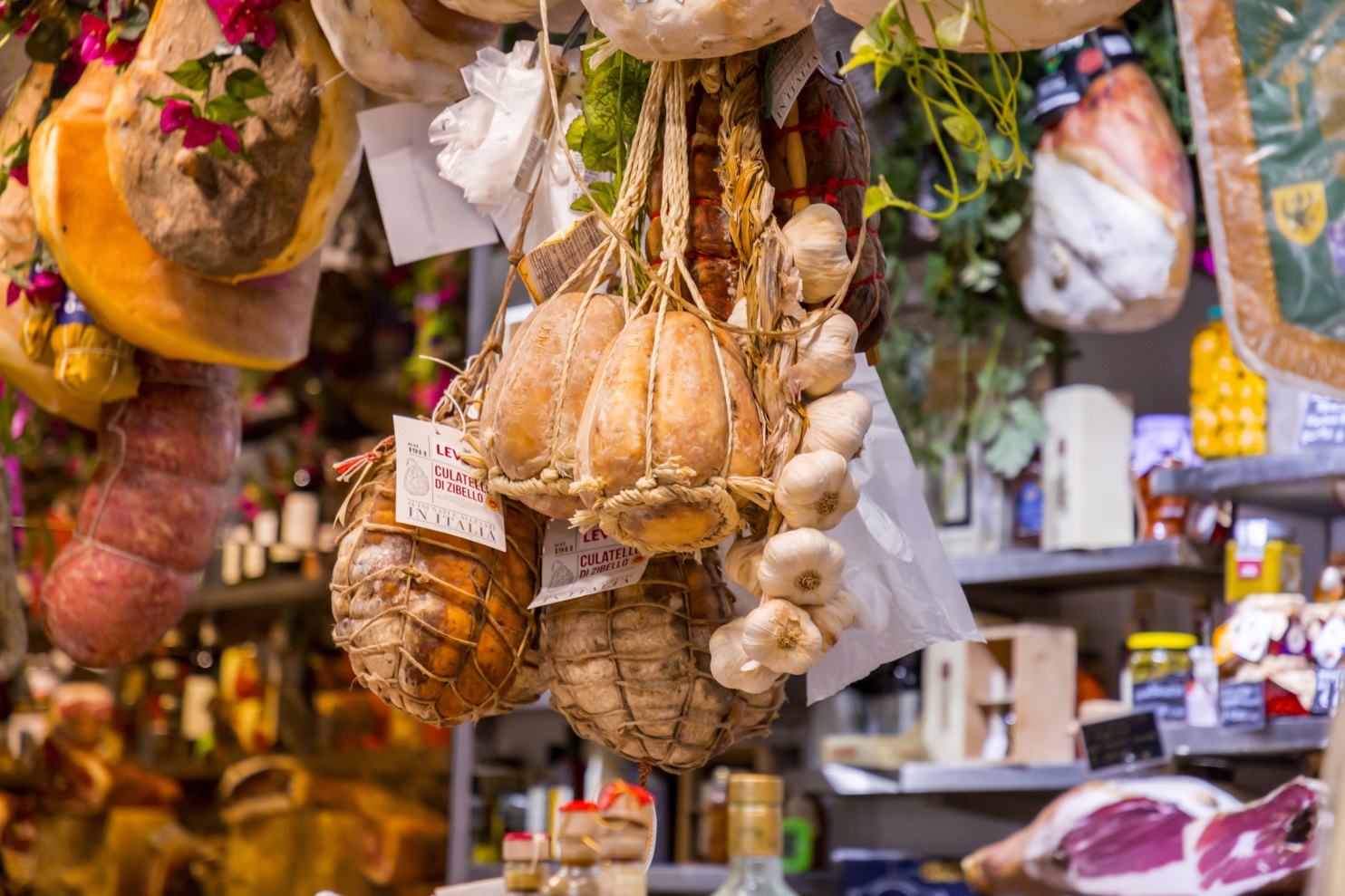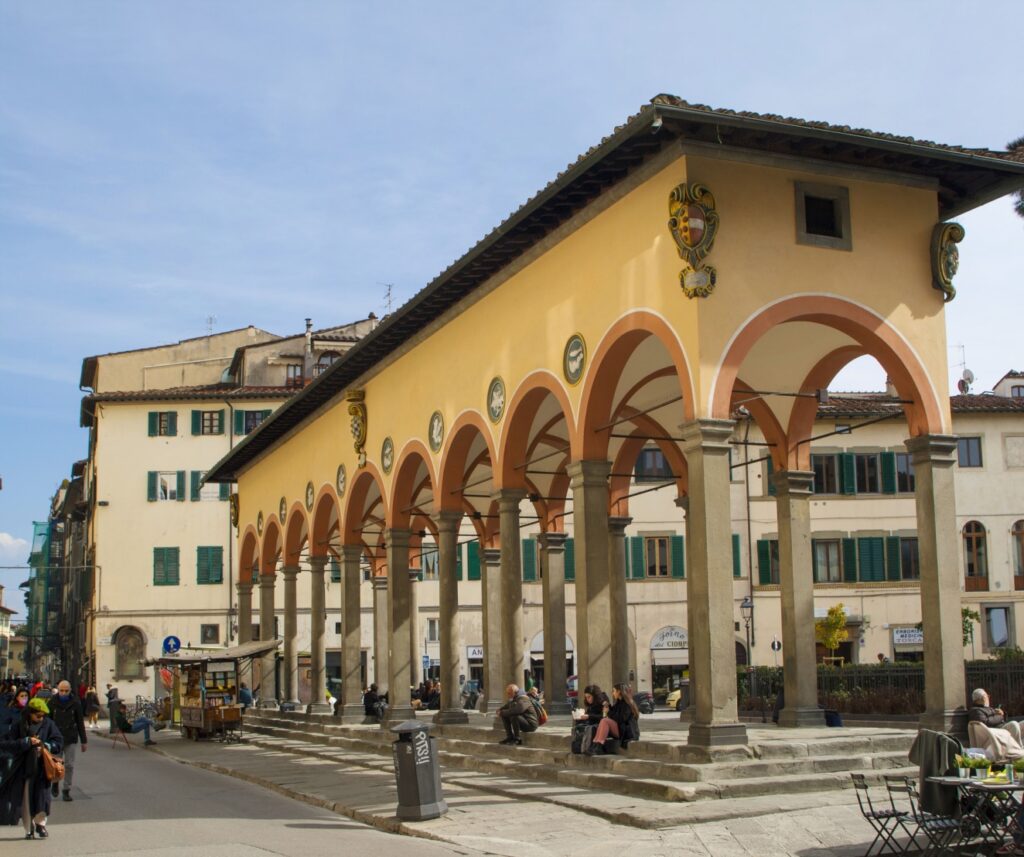Risorse per imparare l'inglese dall'��ɫӰ��
Weekend for you! ��Ogni settimana l'Istituto mette a disposizione degli student iscritti ai corsi (gruppo e individuali) un insegnante per recupero di lezioni, correzioni or conversazione organizzate per livello.
Questa raccolta di risorse gratuite per imparare l’inglese è stata sviluppata per aiutarvi nello studio dell'aspetto della lingua inglese colloquiale che vi interessa maggiormente al momento. Perfezionare il proprio inglese ogni giorno è il metodo più efficace per impararlo.
Una guida completa alla grammatica e all’utilizzo della lingua inglese, con spiegazioni ed esempi chiari e dettagliati per ciascuna regola.
Una raccolta dei più comuni proverbi ed espressioni idiomatiche con definizioni di ciascuna.
Con gli elenchi del vocabolario inglese, ordinati a seconda della frequenza di parole, sarete in grado di imparare le parole più comuni in primo luogo.
Citazioni celebri in inglese, citazioni sulla lingua inglese e citazioni motivanti per gli studenti di inglese.
È importante verificare il proprio livello d’inglese durante il processo di apprendimento. Questo test d’inglese vi permetterà di valutare il vostro livello.
I nomi e i cognomi inglesi più comuni, sia che desideriate scegliere un nome in inglese per voi o per pura curiosità.
Each month follow this page to improve your English with exciting resources!
This month, see our PDF on “Everyday English” just for you!
Is Sant’Ambrogio the real heart of Florence?
 Tuscan delicacies at Sant'Ambrogio market (Photo: Engine Korkmaz/Dreamstime)
Tuscan delicacies at Sant'Ambrogio market (Photo: Engine Korkmaz/Dreamstime)I’ve been to Florence on several occasions, even though I haven’t in years – note to self: it’s time to pay a visit soon. There is so much to see and learn in this city: art lovers, historians, and foodies all have the time of their lives there. Universally considered the cradle of modern Italian culture, Florence is the place we associate with the birth of our beautiful language because home to the greatest of our poets, Dante Alighieri. Charming and welcoming, Florence is, with Rome and Venice, the most visited city in Italy and the one with the strongest touristic growth: a place everyone wants to see.��
When I thought I knew all I needed about la città del giglio, at least as a tourist, I came across an article by British journalist John Brunton, recently published in The Guardian, where he described a very special Florentine neighborhood, one where you can really experience life the Florentine way, the Sant’Ambrogio neighborhood. Brunton’s piece is filled with first-hand descriptions of its atmosphere and people, as well as plenty of advice on where you can get the best food or, indeed, the best haircut: the oldest and longest-serving barber in Florence, Savino Zaccagnino, works just here, in Piazza dei Ciompi, one of the neighborhood’s favorite meeting points.��
Sant’Ambrogio has a long history, just like its city. Located in Florence’s historical center, it inherited its name from the Chiesa di Sant’Ambrogio, which is one of the oldest in town: while it looks quite unassuming, especially if compared with other Florentine religious buildings, the church housed a plethora of important works of art, which are now guarded in the Uffizi. The cult of the saint remains important here: celebrations to honor him on the 7th of December are among the most beloved events.
 Piazza Sant’Ambrogio (Photo: A1977/Dreamstime)
Piazza Sant’Ambrogio (Photo: A1977/Dreamstime)
The area has always been culturally and economically important for the city of Florence. Thanks to its prime location along the Arno river, it was known as a lively trading hub already in the Middle Ages; here, many craftsmen would open their workshops, too, and its importance only grew during the Renaissance, when the neighborhood attracted artists like Filippo Brunelleschi and Lorenzo Ghiberti.��
What strikes about the place, Burton writes in his article, is its atmosphere: it’s colorful, lively, multicultural, friendly, in a way you may not necessarily expect in a city. Sant’Ambrogio is, perhaps, the most Florentine of Florence’s neighborhood because it mirrors, in its multi-faceted nature, the historical and cultural essence of Florence itself. Perhaps, the best place to notice and embrace this is the neighborhood’s market: il mercato di Sant’Ambrogiois known everywhere in the city and it is considered one of its oldest. The covered food hall, in Piazza Ghiberti, was opened in 1873 and it’s only a stone’s throw away from Piazza dei Ciompi. It was the first covered market in Florence. Today, just like in the past, the market expands in the streets around the hall, with many stalls selling more food, but also vintage clothes and antiques. Rosanna Vannini, one of the locals interviewed by Brunton, who has been selling antiques here for three decades, compared Sant’Ambrogio to “an island, the last popular Florentine neighborhood.”��
The market, which is open Monday to Saturday, marks the daily lives of people around here, from the early hours of the morning to late afternoon. From traditional Tuscan (no salt!) bread to fresh organic fruit and vegetables; from meats and fish, cheeses and cold cults, all the way to olive oil, here you can fix all of your daily shopping just by taking a walk around. There are also, as we said, handmade and vintage goods on sale, including jewelry, fabrics, pottery as well as antique and art pieces. In many ways, this is a very Mediterranean place, something you may expect more in seaside cities, perhaps further South than Tuscany: the colors, the scents, the vendors’ voices… all remind us of the precious atmospheres of the Mediterranean.��
 The fish lodge in the Sant’Ambrogio district (Photo: Cellai Stefano/Dreamstime)
The fish lodge in the Sant’Ambrogio district (Photo: Cellai Stefano/Dreamstime)
This is also the perfect place to grab a bite on the go, thanks to the market’s renowned street food hubs: you can find traditional dishes to-go, including the iconic panino con il lampredotto,�� trippa alla fiorentina, ribollita and panzanella, all cheap and wholesome, not a tourist trap restaurant in sight. Because Sant’Ambrogio remains a people’s neighborhood, where tourists come and are welcome, but don’t change the nature and soul of the place. Here, you become a local.��
Sant’ Ambrogio is also known for its multiculturality. For decades, this little sliver of Florence has been the home of several international communities, especially the North African, the Romanian, and the Chinese, all enriching with their culture and habits the already prosperous heritage of the area. Multiculturalism is mirrored, of course, also in Sant’Ambrogio’s stores and restaurants, a delightfully colorful array of several cuisines, trends, and crafts from all over the world.��
Sant’Ambrogio, the most Florentine of Florence’s neighborhoods, is an open window into this beautiful city’s gloriously artistic past and culturally wholesome, tolerant future.��

